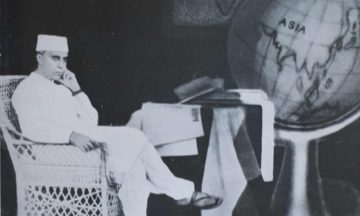William Dalrymple in The Guardian:
 The sudden rise of India over the past few years has taken many western observers by surprise. The Indian economy has quadrupled in size in a generation. Its ancient reputation as a centre for mathematics and scientific skills remains intact, and Indian software engineers increasingly dominate Silicon Valley. India now has the largest population in the world and is clearly on its way to becoming the third economic superpower. Its economy overtook the UK last autumn and will overtake Germany and Japan within the next decade. The only questions are whether it is the US, China or India that will dominate the world by the end of this century, and what sort of India that will be.
The sudden rise of India over the past few years has taken many western observers by surprise. The Indian economy has quadrupled in size in a generation. Its ancient reputation as a centre for mathematics and scientific skills remains intact, and Indian software engineers increasingly dominate Silicon Valley. India now has the largest population in the world and is clearly on its way to becoming the third economic superpower. Its economy overtook the UK last autumn and will overtake Germany and Japan within the next decade. The only questions are whether it is the US, China or India that will dominate the world by the end of this century, and what sort of India that will be.
Little of this would have surprised our ancestors who first sailed to India with the East India Company at the time of Shakespeare. India then had a population of around 150 million – about a fifth of the world’s total – and was producing about a quarter of global manufacturing; indeed, in many ways it was the world’s industrial powerhouse and the leader in manufactured textiles. The idea that India was ever a poor, famine-struck country is a relatively recent one, dating only from the period of British rule: historically, South Asia was always famous as the richest region of the globe, whose fertile soils gave two harvests a year and whose mines groaned with mineral riches.
More here.
